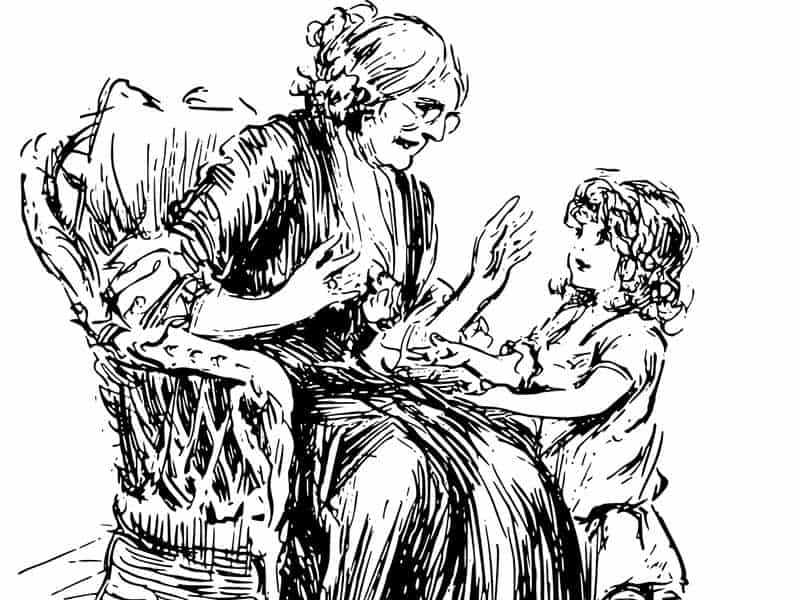It should come as no surprise to those who know me that I love to write. So, when I was asked recently why I love to write, I simply answered, “I love telling stories.” But as soon those words left my lips, I realized why I love telling stories. I learned the art from my maternal grandmother, Clara, who used to relay detailed stories about life in the old country.
Though not a writer, my immigrant grandmother had beautiful cursive English handwriting, learned in night school while she worked as a seamstress during the day. Indeed, my grandmother was a storyteller, orally passing down the family’s history that only she could remember. I could listen to her for hours and it did not matter what knowledge she chose to impart. Some stories were funny, while others were tragic. Life in the Russian Empire wasn’t pleasant for her and her large immediate family by any stretch of the imagination. But it strengthened her resolve to immigrate to this wonderful country. Alone. At the age of 19.
So, I started thinking: What about this oral tradition of passing down stories from generation to generation? Where did it all begin, and why?

Brief History of Storytelling
As old as time, storytelling is the foundation of human culture. It forms the intimate link between the storyteller and his/her audience. Traditionally, ancient audiences sat in a circle around the storyteller, usually an elder, absorbing practical information about the group’s survival, beliefs, taboos, rituals, and social mores. But it wasn’t all stringent learning; much of the storytelling was for entertainment purposes.
While traditional storytelling was conveyed in different forms—poems, chants, rhymes, and songs—many stories were likely changed over time as they were passed down. They could have also been embellished to make them more appealing. Some of my grandmother’s stories could have been embellished, gaining more substance each time she told them. In the end, though, it didn’t matter. What was and is important is the act of storytelling. It provides cultural cohesion to each group.
Modern Day Storytelling
Storytelling indeed evolved from the oral delivery. It was an effective way to pass down knowledge and information to younger generations. Even though today we prefer our stories on other platforms—digital, streaming and the printed word—oral storytelling will never completely disappear. We may favor other formats, but the oral story will never die. Proof of this is the worldwide practice of telling stories to children at bedtime—reading as well as oral dissertations. Why do we do it? Likely because it’s in our DNA from eons ago. It feels natural. It helps us bond with the next generation.
Storytelling Inspirations
My writing is absolutely inspired by current events, which I fictionalize, of course! They’re not always uplifting stories, but entertaining, nonetheless. And as I mentioned in a previous blog, my latest novel is about a plague, with foreign connections, that envelops Southern California. Inspired by the pandemic of 2020, but with my own twists and turns. As I am almost finished writing the first draft, I will need something new very soon to get my juices going. Anyone out there have any ideas? What would you like to read about?
So, as I contemplate the focus of my next novel, I will recall the ease with which my grandmother Clara told her stories to me. Toward the end of her life, she may not have remembered what she ate for lunch, but she always precisely recalled the trials and tribulations of family life back in Kishinev. The stories simply flowed from her memory bank and out of her sweet mouth. No hesitation. No writer’s block.

